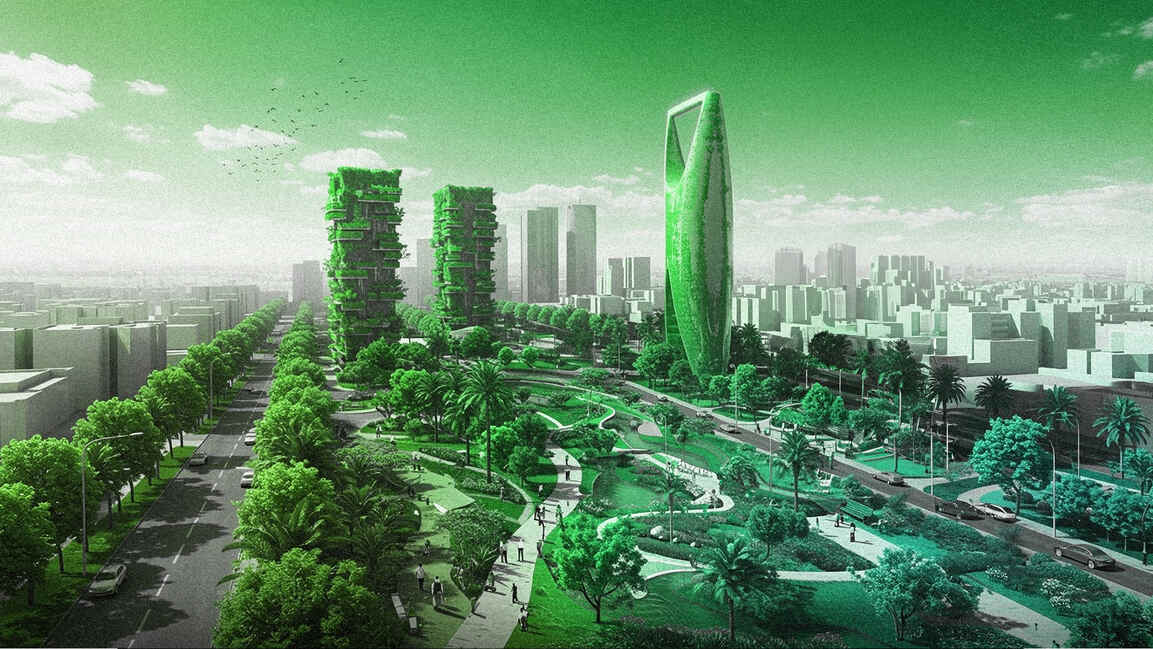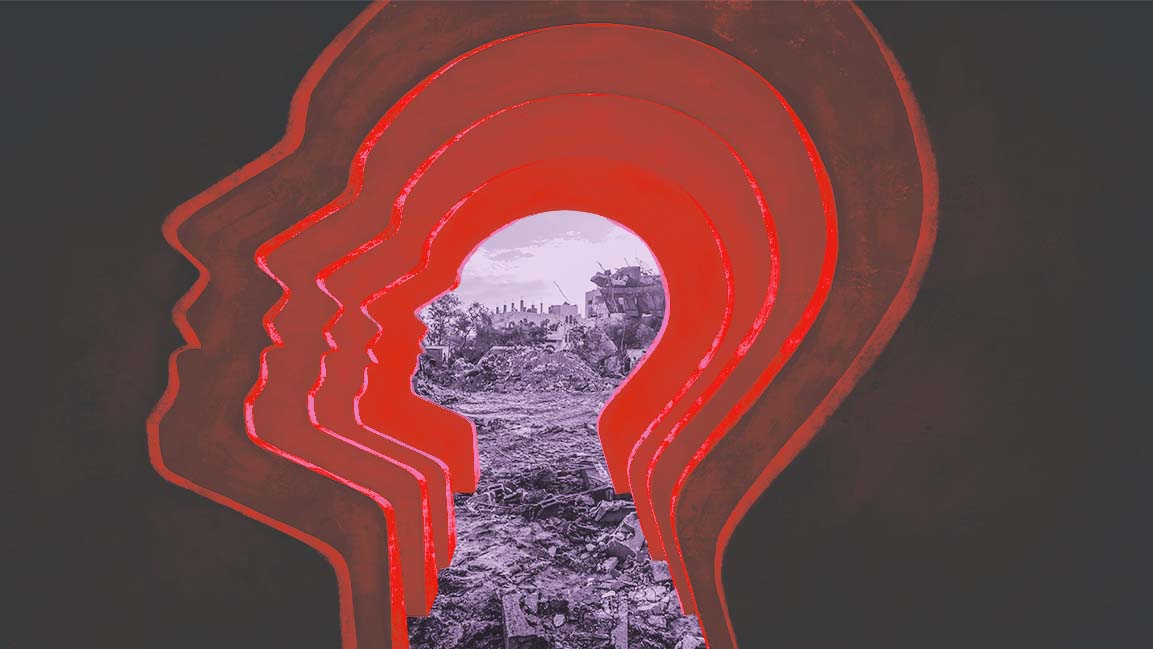- | 9:00 am
How Saudi Arabia’s green growth is creating new pathways
Saudi Arabia's eco transformation goes far beyond desert rewilding and regenerative tourism

In the heart of the desert, a quiet revolution is taking root. Repositioning itself as a leader in sustainability, especially with the NEOM project designed to operate entirely on renewable energy, Saudi Arabia’s green shift is driving new infrastructure and reshaping how Saudis perceive their place in the world, transforming sustainability into a way of life.
“There is a sense of pride around the futuristic plan for sustainable living at NEOM,” says Professor Jeremy Williams, an ecological economist with more than 30 years of experience in academia.
At the same time, Saudi Arabia’s environmental agenda is creating new economic frontiers beyond tourism. “One area that comes to my mind is food and water security,” Professor Williams adds. “Living in the Middle East, this problem is particularly acute. Funding R&D projects that combine AI with ancient wisdom to scale food production domestically is critical.”
As climate change intensifies across the region, such innovations will be key to building long-term resilience.
While cultural shifts often take time to materialize, the early signs are visible, from experimental agriculture in desert zones to smart waste systems deployed in Mecca during Hajj. The green transformation may not be without hurdles, but it quietly influences how Saudis work, consume, and connect with their environment.
As Vision 2030 advances, experts say Saudi Arabia’s environmental pivot is proving to be a policy choice and transforming the energy and water sectors.
“Vision 2030 has transformed the power and water sector, accelerating the shift to sustainable energy and responsible resource management,” says Marco Arcelli, CEO at ACWA Power, a regional leader in renewable energy, green hydrogen, and desalination.
“Through supportive policies, increased capital allocation, and growing localization of expertise and materials, it has paved the way for a sustainable future,” he adds.
Flagship projects like the 1.5GW Sudair Solar PV plant and the NEOM Green Hydrogen project, which integrates up to 4GW of solar and wind power, are central to ACWA’s alignment with the kingdom’s targets of 50% renewable energy by 2030 and Net Zero by 2060.
This transition is also deeply cultural. Public awareness around water conservation has surged recently, driven by tariff reforms, smart metering, and Saudi Green Initiative campaigns.
“The change in public attitude is measurable,” Arcelli says, citing reduced per capita water use and growing support for sustainable consumption practices.
Perhaps most notably, younger Saudis are not merely participating in this transformation; they are driving it. “Younger generations in Saudi Arabia are not just receptive to environmental messaging; they are driving it,” Arcelli claims.
Thanks to social media, academic collaborations, and programs like ACWA Power’s Saudi Women Empowerment Programme, youth are increasingly taking on positions in renewables, desalination, and green hydrogen, altering the country’s workforce and environmental future.
Looking ahead, Arcelli says that with strong public-private engagement, Saudi Arabia is well-positioned to create a global standard for water sustainability. AI-driven water networks, renewable-powered wastewater systems, and nature-based solutions, such as the Red Sea project’s wetlands and plant nursery, which now produces over five million plants, are paving the way for off-grid circular economy models that combine technology, ecology, and a national vision.
Saudi Arabia’s green transformation is no longer just about energy, infrastructure, or environmental targets. It quietly reshapes how people connect with their land, history, and sense of purpose. This cultural shift is especially visible along the Red Sea coast, where sustainable tourism is redefining both conservation and community.
Joshua Van Alstine, Advocate for Natural and Cultural Heritage in Saudi Arabia, explains, “The green shift in Saudi Arabia is changing more than just policies—it is changing how people think and live. This pushes new types of businesses, design work, and local projects focused on sustainability and long-term value.”
He emphasizes that sustainability has been central to Saudi society and is deeply embedded in its culture. Today, the kingdom is leading a major shift with clean energy projects, including blue hydrogen, solar, and wind, and through initiatives like the Saudi Green Initiative and the Middle East Green Initiative.
According to Brandie Janow, a cultural consultant and creative strategist, this shift is “becoming part of the culture, not just the economy,” reinforcing that the kingdom’s environmental ambitions are deeply intertwined with a broader cultural evolution.
As Vision 2030 unfolds, Saudi Arabia’s green transformation offers a powerful message: environmental progress and cultural revival can move forward together. With goals like planting 10 billion trees, achieving 50% renewable energy by 2030, and using only renewable energy for desalinated water, Saudi Arabia’s green revolution is integrating sustainability into its economy, culture, and national identity.






































